19 Classic American Fast Food Chains No One Remembers
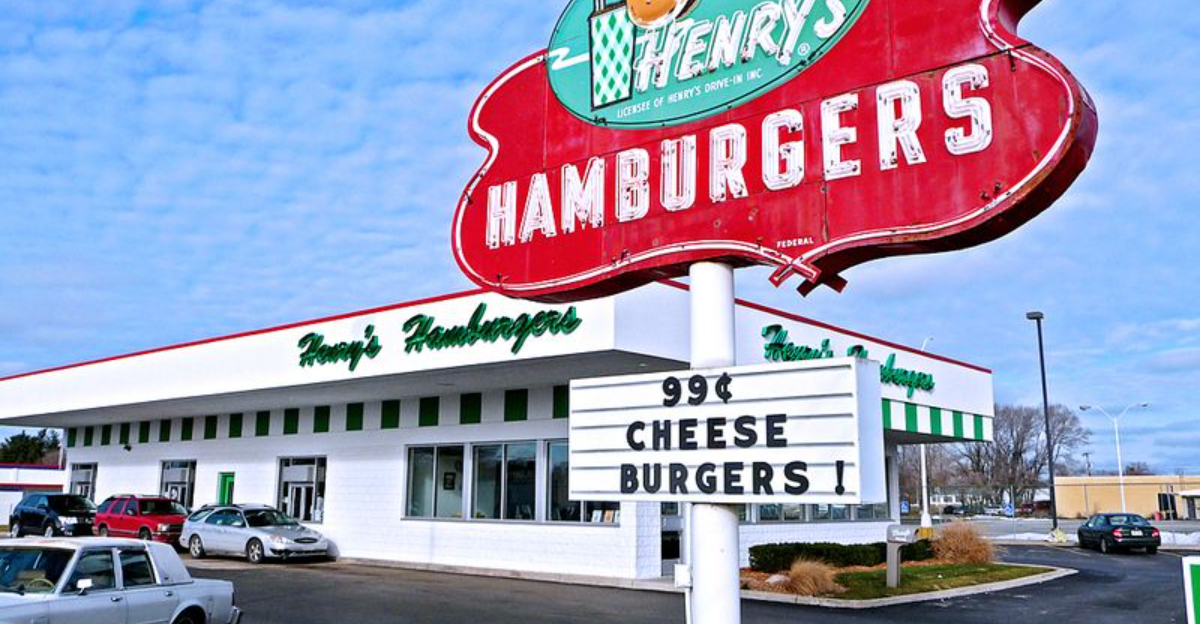
Remember when grabbing fast food wasn’t just about the giant brands we see on every corner today?
Back then, America’s restaurant scene was filled with quirky, regional chains that offered not just food, but a sense of character and charm. These places served up burgers, fries, and milkshakes with a side of nostalgia—often becoming beloved neighborhood hangouts.
I can still picture my dad taking me to one of these long-lost spots after Little League games, the excitement of that post-game treat lingering in my memory.
Though many of these fast food joints have vanished over the years, their flavors and atmosphere remain etched in our hearts. Join me as we take a delicious journey back to rediscover the forgotten fast food gems that once fed a nation.
1. Burger Chef: McDonald’s Biggest Rival
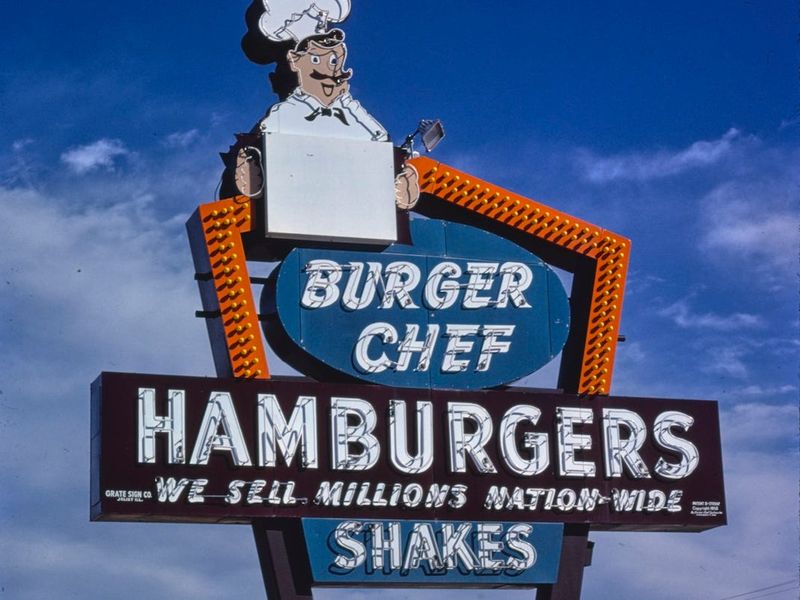
Burger Chef once boasted over 1,000 locations, giving Mickey D’s a run for its money in the 1960s. Their claim to fame? Inventing the kids’ meal with a toy—yes, before Happy Meals were even a twinkle in Ronald McDonald’s eye!
My uncle worked at one in high school and would sneak me their signature Works Bar access, where you could pile your burger high with toppings. Pure customization heaven! Burger Chef’s flame-broiled patties had a distinctive taste that still haunts my fast-food dreams.
Eventually, Hardee’s gobbled them up in 1981, and the last location flipped its final burger in 1996.
2. Gino’s Hamburgers: Football Legend’s Food Empire
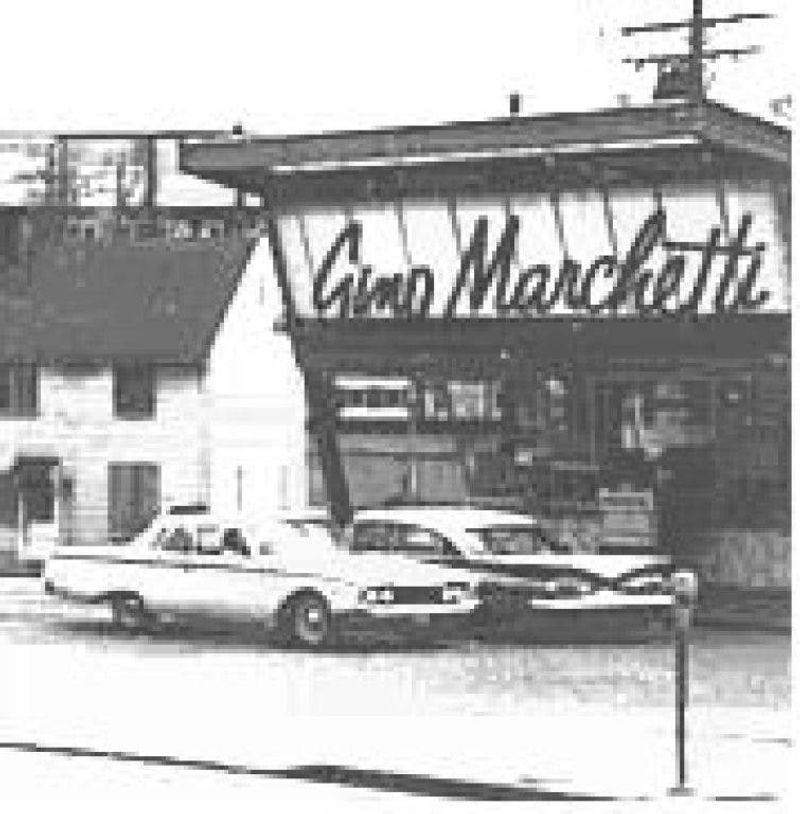
Founded by Baltimore Colts football star Gino Marchetti in 1957, this chain scored touchdowns with East Coast diners for decades. Gino’s secret play? Partnering with Kentucky Fried Chicken to offer both burgers and fried chicken under one roof—revolutionary teamwork for the time!
The Sirloiner sandwich was their MVP—a taste so memorable that when I found an old Gino’s wrapper in my grandpa’s memorabilia box, I could practically taste it. Their red and white striped buildings were impossible to miss on road trips.
Marriott Corporation intercepted the chain in 1982, converting most locations to Roy Rogers restaurants.
3. Howard Johnson’s: Orange-Roofed Highway Haven
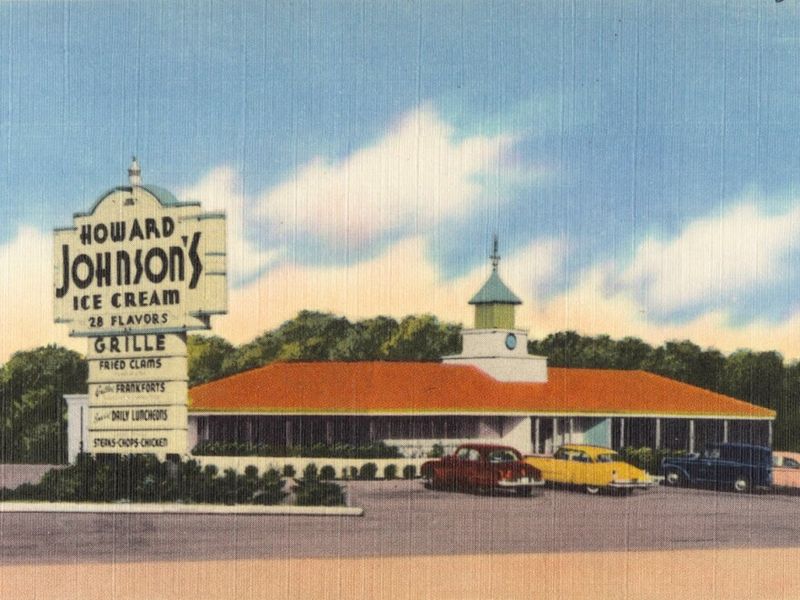
Those iconic orange roofs dotting American highways weren’t just restaurants—they were landmarks! HoJo’s (as we affectionately called it) combined restaurants with hotels, creating perfect pit stops for road-tripping families like mine in the 1960s and 70s.
Their 28 ice cream flavors were legendary. I still remember my dad always ordering their fried clam strips while I went straight for the frankfurter in a buttered bun. The colonial-style decor made every meal feel like a special occasion, even if you were just grabbing a quick lunch.
At their peak, Howard Johnson’s had over 1,000 locations before fading away as interstate culture evolved.
4. Wetson’s: New York’s Forgotten Burger Joint
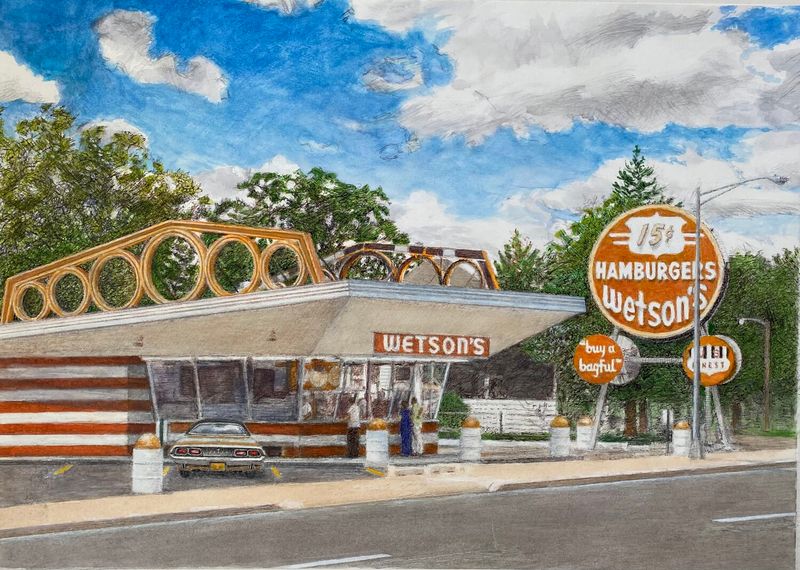
Before Shake Shack captured New Yorkers’ hearts, Wetson’s ruled the Big Apple’s fast food scene. Their slogan “Buy a bagful!” had us doing exactly that—my first apartment in Queens was dangerously close to one, and my wallet suffered accordingly.
Their 15-cent hamburgers (initially) and distinctive yellow and red signage made them NYC icons in the 1960s. The Big W burger was their answer to the Big Mac, but with a special sauce that I still try to recreate in my kitchen with no success.
Founded by Herbert Wetanson in 1959, they expanded to 70 locations before Wendy’s and others pushed them out by the mid-1970s.
5. Carrols: The Chain That Became Burger King
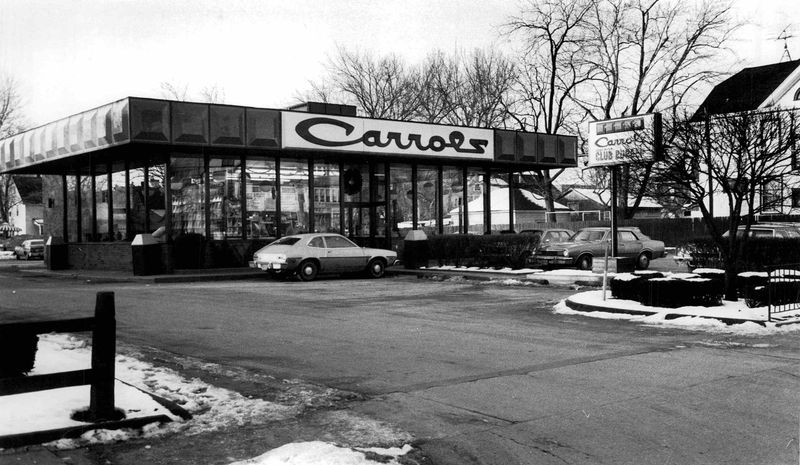
Carrols started as its own burger chain before becoming the largest Burger King franchisee in the world—talk about a plot twist! Their mascot, a cartoon redhead named Carrols, adorned cups and wrappers that I’d collect as a kid, much to my mother’s dismay.
Their Club Burger was the stuff of legends, with a secret sauce that put McDonald’s special sauce to shame. The restaurant’s bright orange and white color scheme made them impossible to miss when cruising through town.
Most locations converted to Burger Kings in the 1970s, leaving only memories of their distinctive menu items that included the “Crispy Country Chicken” sandwich.
6. Red Barn: Where the Food Was Good
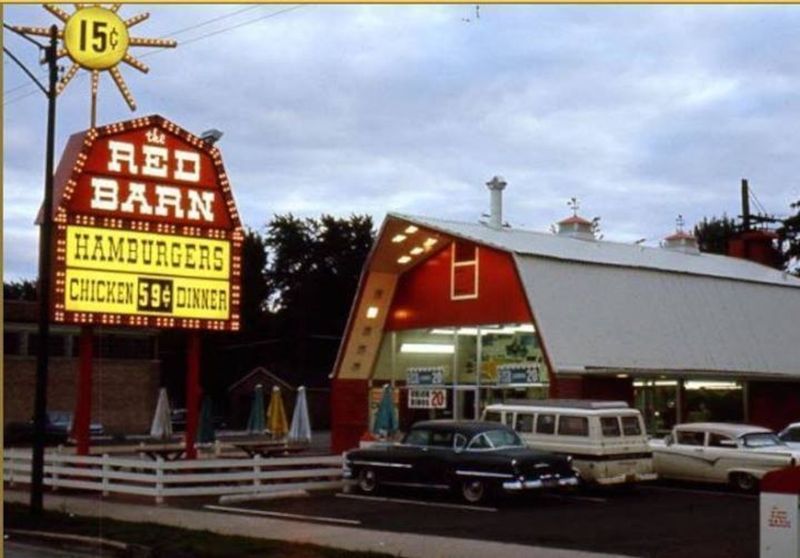
“When the hungries hit, hit the Red Barn!” That jingle still bounces around my brain decades later. True to their name, these restaurants were shaped like bright red barns, making them the most recognizable buildings on any highway.
Their signature Big Barney and Barnbuster burgers predated many of today’s specialty sandwiches. I remember begging my parents to take me there for their “Hamburger Patch” kids’ meal that came in a cardboard barn box—way cooler than any other kid’s meal container!
Founded in 1961 in Springfield, Ohio, Red Barn grew to 400 locations before Motel 6 purchased and gradually closed them in the 1980s.
7. Lum’s: Home of Beer-Steamed Hot Dogs
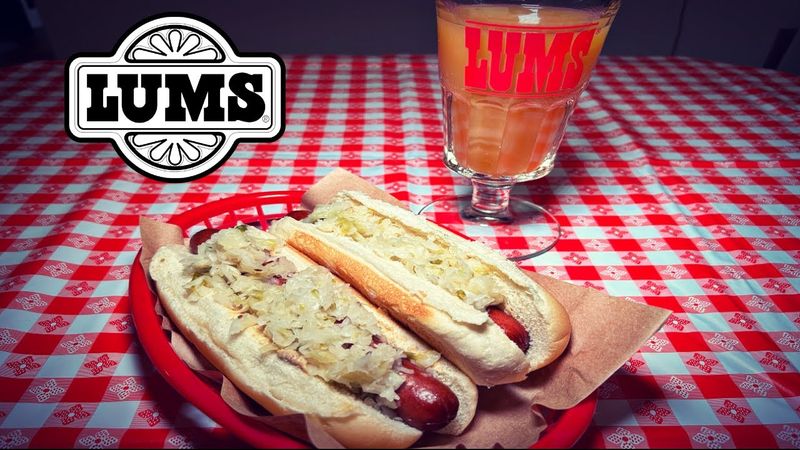
Beer-steamed hot dogs? Absolutely! Lum’s made this oddball cooking method famous, and the results were spectacular. My first taste came on a rainy afternoon in 1975, and I still remember the snap of that first bite.
Founded by brothers Stuart and Clifford Perlman in Miami in 1956, Lum’s expanded to over 400 locations nationwide. Their dark wood interiors and frosted beer mugs gave the place a pub-like atmosphere that was welcoming to families and adults alike.
Kentucky Fried Chicken founder Colonel Sanders bought the chain in 1971, but couldn’t save it from eventual bankruptcy. The last Lum’s closed in 2009, taking their Ollieburger recipe to the grave.
8. Sambo’s: The Controversial Pancake House
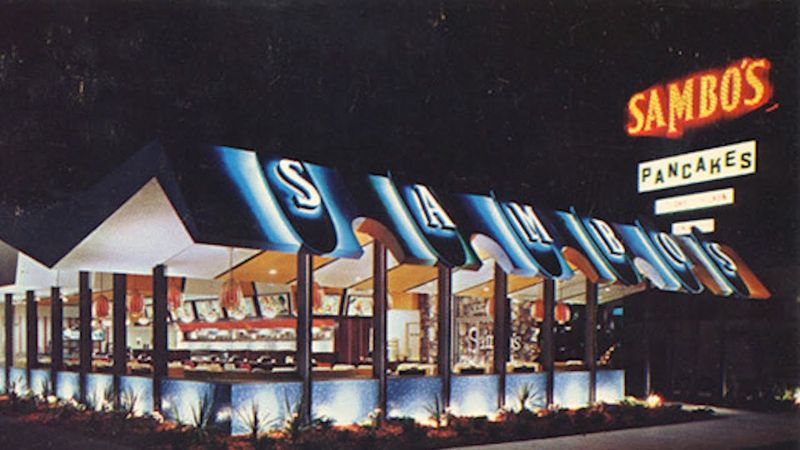
Pancakes were just the beginning at Sambo’s, a chain that expanded from a single Santa Barbara location to an empire of 1,117 restaurants in the 1970s. Their breakfast platters were my Sunday morning reward after delivering newspapers in the neighborhood.
Named for its founders Sam Battistone and Newell Bohnett (Sam + Bo = Sambo), the chain unfortunately adopted imagery from the controversial children’s book “Little Black Sambo.” This marketing decision ultimately contributed to their downfall as cultural awareness grew.
Financial troubles and changing public sentiment caused their rapid collapse in the early 1980s. Today, only the original Santa Barbara location remains, now renamed Chad’s.
9. Sandy’s: The Midwestern McDonald’s Alternative
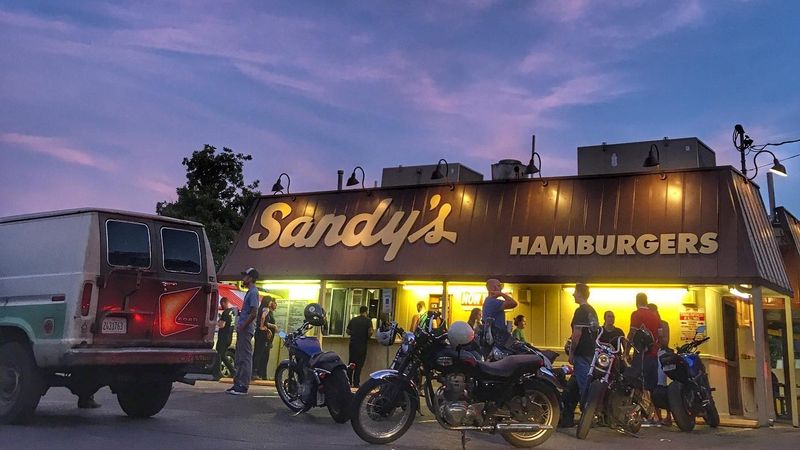
Sandy’s gave McDonald’s a run for their money throughout the Midwest with their Scottish-themed fast food joints. The giant fiberglass statue of Sandy, a girl in Scottish attire, welcomed hungry customers—I named my childhood dog after her, I was that obsessed!
Their Thrift Pack of 15 hamburgers for $1 made them the go-to spot for feeding my entire Little League team after games. The Big Scott burger was their answer to the Big Mac, but with a special tartar-like sauce that gave it a unique tang.
Founded in 1958 by four dissatisfied McDonald’s franchisees, Sandy’s ultimately merged with Hardee’s in 1972, with the last Sandy’s signs coming down by 1979.
10. Druther’s: The Chain Formerly Known as Burger Queen

Before becoming Druther’s in 1981, this chain operated as Burger Queen—complete with a mascot named Queenie Bee! “I’d ruther go to Druther’s” was their catchy slogan, and honestly, so would I if they still existed.
Their claim to fame was the Royal Burger and incredible apple turnovers that put McDonald’s pies to shame. The first time I bit into their signature Diner Dog, topped with chili and coleslaw, I thought I’d died and gone to fast food heaven.
Primarily operating in Kentucky and surrounding states, most Druther’s locations eventually converted to Dairy Queen by the mid-1990s. Surprisingly, one lone Druther’s still operates in Campbellsville, Kentucky—road trip, anyone?
11. Naugles: Mexican Fast Food Pioneer
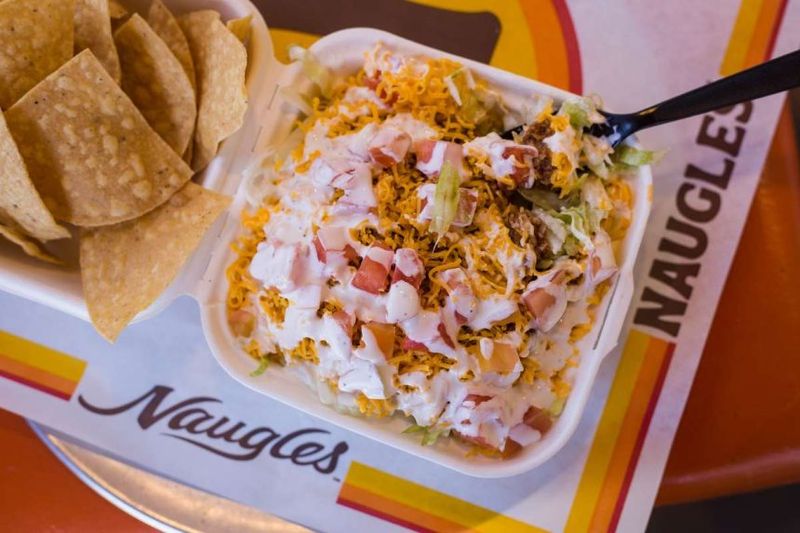
Taco Bell wasn’t always the only Mexican fast food game in town! Naugles brought authentic-ish Mexican fare to the fast food scene in the 1970s, founded by former Del Taco partner Dick Naugle. Their cheese-smothered burritos haunted my college dreams.
The Naugleburger combined American and Mexican flavors in one mind-blowing sandwich. I still remember pulling all-nighters fueled by their famous bean and cheese cups—simple but impossibly delicious.
Sadly, after merging with Del Taco in 1988, Naugles locations gradually disappeared. A devoted fan recently revived the brand in 2015, opening new locations in California after winning trademark rights. Comeback of the century!
12. G.D. Ritzy’s: Luxury Fast Food Experience
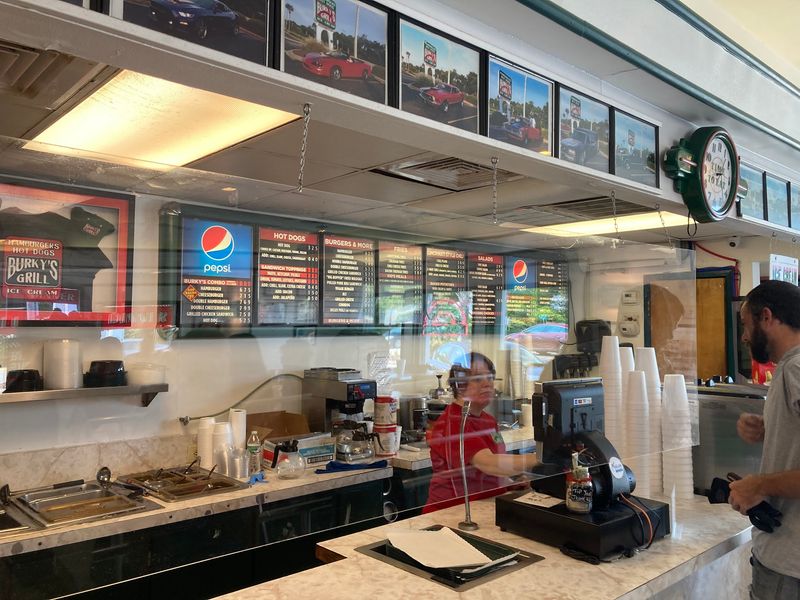
Founder Graydon Webb wanted to create a fast food joint with 1950s flair and ice cream parlor charm—and boy, did he succeed! G.D. Ritzy’s combined gourmet burgers with hand-dipped ice cream, creating a fast food experience that felt downright fancy.
Their shoestring fries, cooked in peanut oil, ruined all other fries for me. I celebrated getting my driver’s license by taking my first solo drive to Ritzy’s for a chocolate soda and their signature Ritzy burger with everything on it.
From their 1980s peak of 120 locations, they’ve dwindled to just a handful of restaurants in Ohio and Kentucky. Those lucky enough to live nearby can still enjoy their premium thin patty burgers and fresh-scooped ice cream.
13. Pup ‘N’ Taco: SoCal’s Hot Dog and Taco Mashup
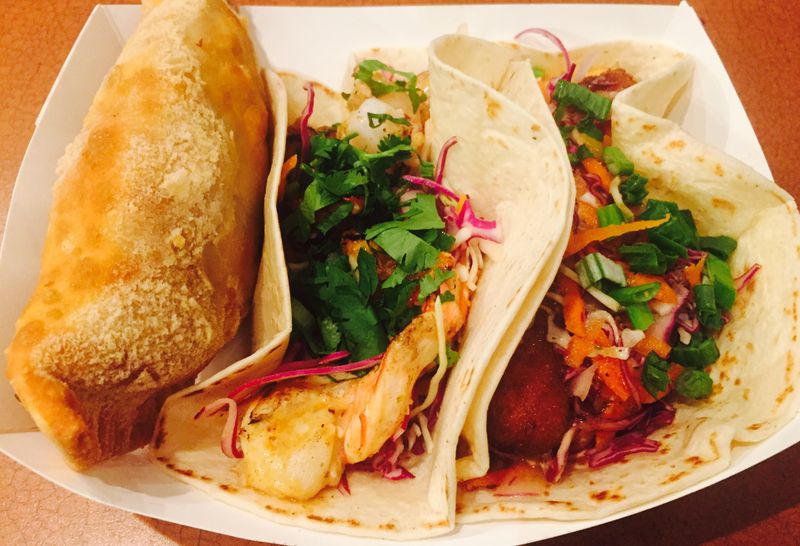
Only in California would someone combine hot dogs, tacos, and pastrami in one fast food menu—and make it work brilliantly! My cousin in Los Angeles would mail me their paper cups just to make me jealous that we didn’t have Pup ‘N’ Taco in my state.
Their 39-cent hot dogs and 25-cent tacos made them a student budget dream in the 1970s. The bright orange and red buildings with that adorable pup logo were SoCal landmarks, especially famous for their fresh-squeezed orange drinks that complemented their spicy pastrami sandwiches perfectly.
Taco Bell’s parent company purchased the 99-location chain in 1984, converting most locations and ending this beautiful culinary experiment.
14. Valle’s Steak House: Fast Food Goes Upscale
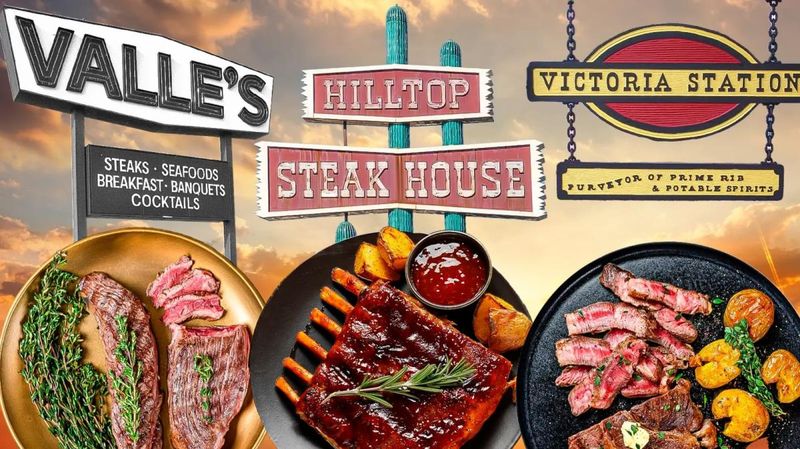
Steak dinners for fast food prices? Valle’s mastered this seemingly impossible combination! Started by Donald Valle in Portland, Maine, in 1933, this chain expanded to 30 locations across the Northeast and Midwest, serving up sizzling steaks in a sit-down setting that wouldn’t break the bank.
My grandparents celebrated their anniversary at Valle’s every year—Grandpa always ordered the sirloin while Grandma went for the famous lobster pie. The massive restaurants could seat hundreds, with some locations serving over 20,000 customers weekly during their 1970s heyday.
Rising beef prices in the late 1970s dealt a fatal blow to their budget-friendly business model, and the chain disappeared by the early 1990s.
15. D’Lites: The Original Health-Conscious Fast Food
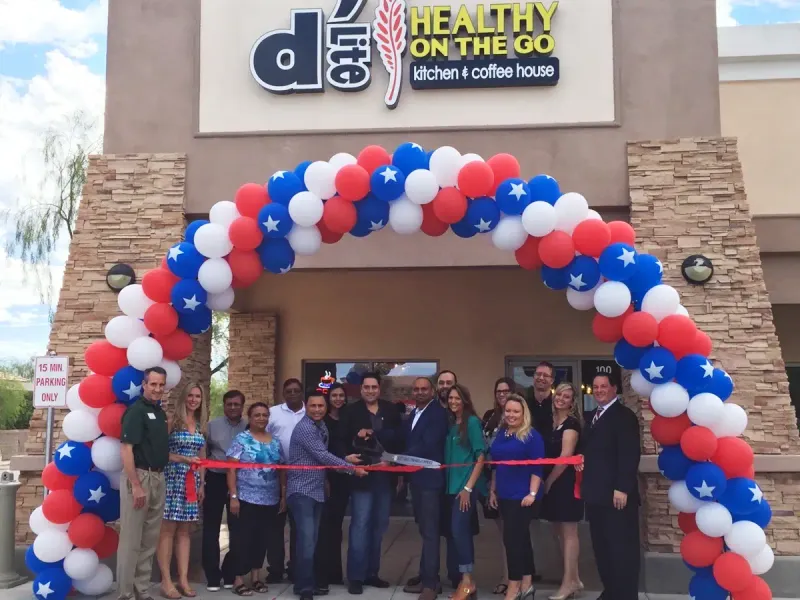
Long before kale smoothies and grain bowls, D’Lites pioneered the concept of “healthy fast food” in the early 1980s. Their lower-calorie, lower-fat menu was revolutionary—though their definition of “healthy” might raise eyebrows today.
Their lean beef burgers on whole wheat buns made me feel virtuous even when indulging in fast food. My aerobics instructor mom would only allow D’Lites drive-thru on our road trips, convinced it was practically health food compared to the alternatives.
Founded in 1978, D’Lites expanded to over 100 locations before struggling to compete with conventional chains. Most locations closed by the late 1980s when Hardee’s purchased the remaining restaurants, ending America’s first flirtation with “healthy” fast food.
16. Chicken Delight: Pioneering Food Delivery
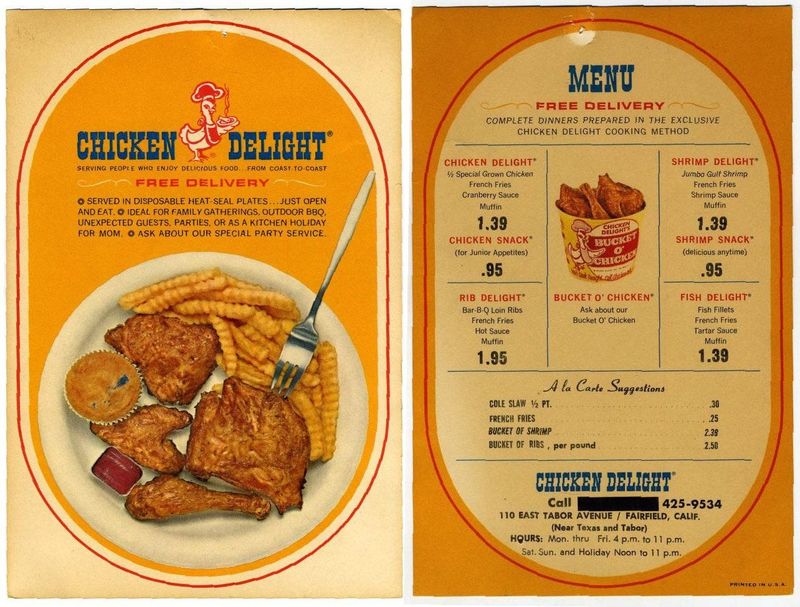
“Don’t cook tonight, call Chicken Delight!” This catchy slogan revolutionized how Americans thought about dinner, pioneering home delivery decades before DoorDash. Their delivery drivers, zooming around neighborhoods in distinctive red and white cars, were the original food delivery heroes.
Their crispy fried chicken came with those impossibly fluffy dinner rolls that I’d fight my siblings for. My dad would call them every Friday night after work—our weekly tradition that made the end of the school week even more exciting.
Founded in Illinois in 1952, they expanded to over 1,000 locations before declining in the 1970s. A few locations still operate in Canada, keeping the delivery dream alive.
17. Henry’s Hamburgers: A&W’s Forgotten Spin-off
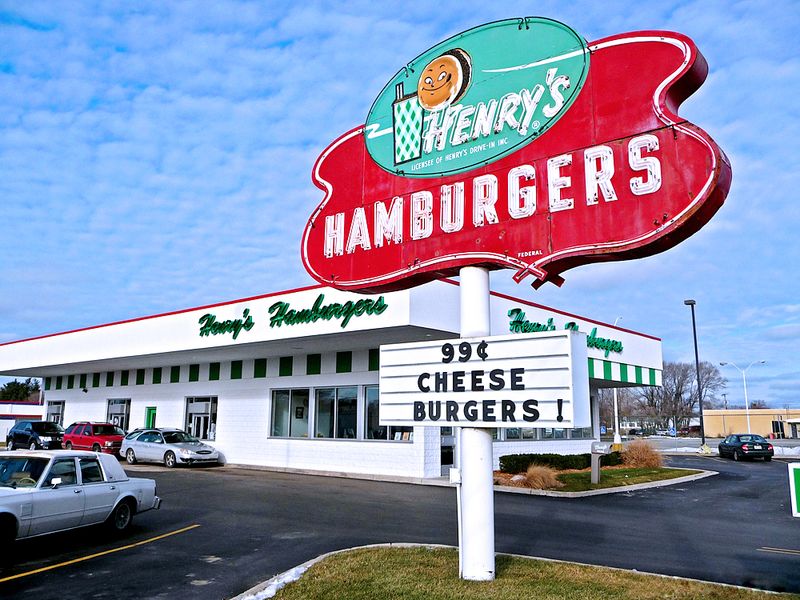
Before A&W focused exclusively on root beer and burgers, they launched Henry’s Hamburgers as their answer to McDonald’s rapid expansion. At one point, Henry’s had more locations than McDonald’s in the Midwest—hard to believe now!
Their 15-cent hamburgers were simple perfection—thin patties with pickle, onion, ketchup, and mustard on a steamed bun. My first job was at Henry’s in 1967, flipping those tiny burgers by the hundreds on busy Saturday afternoons.
From a peak of 200+ locations in the 1960s, Henry’s couldn’t keep up with the burger giants. Most closed by the late 1970s, though incredibly, one last Henry’s still operates in Benton Harbor, Michigan—a fast food time capsule!
18. Burger Queen: Southern Royalty Before Druther’s
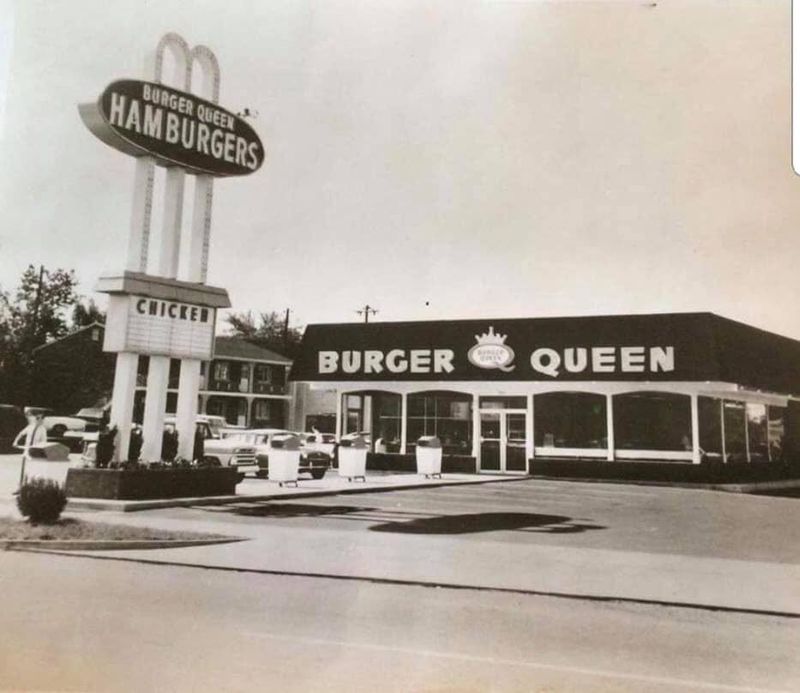
Before transforming into Druther’s, Burger Queen ruled fast food in Kentucky and Tennessee with their royal-themed restaurants and beloved mascot, Queenie Bee. Their slogan “We’re not just good, we’re Bee-licious!” buzzed through their TV commercials.
The Royal Burger with cheese was their signature item, but their fried chicken rivaled even the Colonel’s recipe. Summer evenings meant convincing my dad to drive us to Burger Queen for butterscotch milkshakes that came with a chocolate cookie straw—pure childhood magic!
Founded in Winter Haven, Florida, in 1963, Burger Queen expanded throughout the South before rebranding as Druther’s in 1981, hoping to emphasize their expanded menu beyond burgers.
19. Official All-Star Café: Celebrity Sports Dining Experience
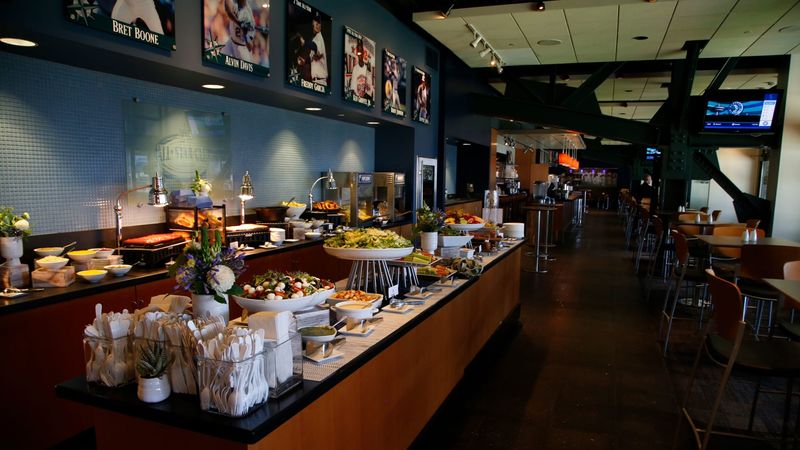
The Planet Hollywood of sports restaurants! Backed by sports legends like Andre Agassi, Wayne Gretzky, Joe Montana, and Tiger Woods, this themed restaurant chain was the coolest place for a birthday dinner in the mid-90s.
Walls covered with authentic sports memorabilia made every meal feel like eating in a Hall of Fame. I blew my first paycheck taking a date there, trying to impress her with my knowledge of the signed Ken Griffey Jr. jersey hanging above our table.
Despite the star power, the chain never quite hit a home run with diners. After opening in 1995 with locations in major cities and tourist destinations like Times Square and Disney World, all locations struck out by 2007.
